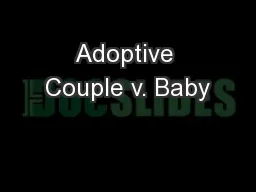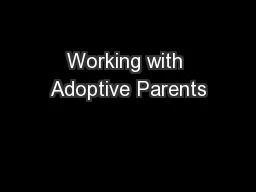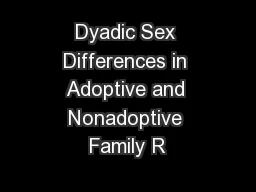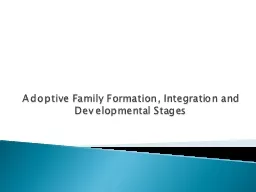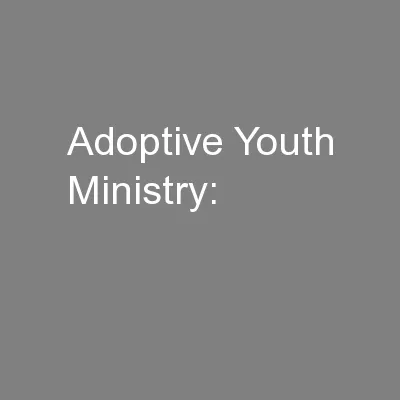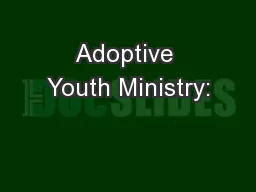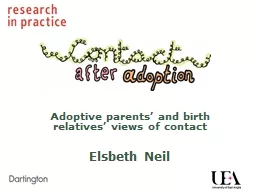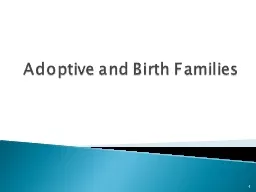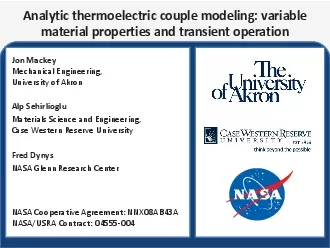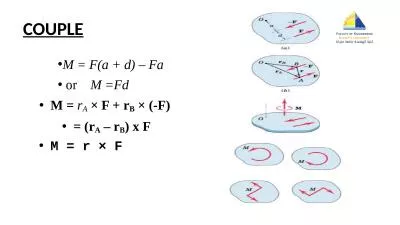PPT-Adoptive Couple v. Baby
Author : natalia-silvester | Published Date : 2017-03-15
Girl A Review of the Decision and Relevant ICWA Provisions Terry Cross MSW NICWA Executive Director For Colonialism to Succeed Take Territory Land Take Natural
Presentation Embed Code
Download Presentation
Download Presentation The PPT/PDF document "Adoptive Couple v. Baby" is the property of its rightful owner. Permission is granted to download and print the materials on this website for personal, non-commercial use only, and to display it on your personal computer provided you do not modify the materials and that you retain all copyright notices contained in the materials. By downloading content from our website, you accept the terms of this agreement.
Adoptive Couple v. Baby: Transcript
Download Rules Of Document
"Adoptive Couple v. Baby"The content belongs to its owner. You may download and print it for personal use, without modification, and keep all copyright notices. By downloading, you agree to these terms.
Related Documents

